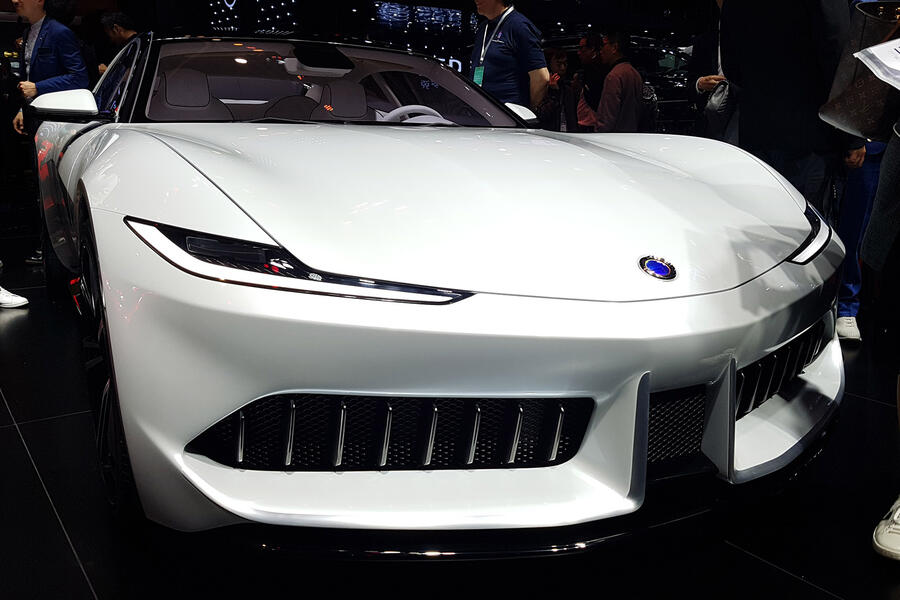Pininfarina designed two dramatic concept cars for the Shanghai motor show. In days gone by, that would have been front page news, because it would have likely meant a new Ferrari and the other perhaps an established car maker looking to get out of a design rut by turning to the iconic design house for a nudge in the right direction.
But in Shanghai, it meant a concept car for electrified vehicle maker Karma (born out of the old Fisker Karma) that, while striking, is never likely to reach production. It also meant a new hydrogen fuel cell vehicle maker called Grove aiming at (and succeeding in) getting a few more column inches for its first concept car, the Granite, rather than the scrutiny being applied to the aspirations of yet another start-up Chinese car maker.
This is the reality of a design house nowadays, even one as great and with as many icons in its back catalogue as Pininfarina.
“To be frank, traditional design houses have now built their own design centres; we cannot hide this,” says company chairman Paolo Pininfarina. “They have big design centres. Some always had one, like BMW or Mercedes, but some used to partner and collaborate – especially the Italian brands.
“Now they build their own more and more. It's not for me to say if it’s right or wrong. For me, innovation also comes through contamination. Through collaboration, partnerships. Then you see it from both sides’ point of view, you discuss, see this, and you create more innovation.
“If you have one design point of view, the design studio, the inspiration is the history. And you’re afraid to go out of the tradition, and you lack innovation. You can’t deny that in traditional brands building up design centres, the traditional design houses are not as important as in the past.”















Join the debate
Add your comment
Good luck to them...
Look at how many all-new designs have emerged from in-house design centres in recent years (BMW, Audi) with same-again styling.
The 3-series, for example, has seen less styling change in its last 3 generations than any previous 3 generations of any BMW, ever.
Same for A4, Q5,etc...
Why does this need to be the case?
It's not as if technology has stopped moving forward...
Meanwhile, way too many models that never deserved the term are currently being referred to as "iconic" and therefore hard to touch when it comes to their redesign.
It's ridiculous.
And when new sub-brands appear, with their need for new styling direction, the results (BMW I, Mercedes Benz EQ) can look ghastly and out of synch with broadly held concepts of beauty.
...Third party styling houses such as Pininfarina can help to minimise these issues by bringing in a more nuanced sense of history, as part of a fresh perspective.
Hopefully, Pininfarina can still be around to flourish in a future of skateboard EV platforms that are relatively inexpensive to re-body so the existing product can then be sold at a massive premium to the discerning few...